If you study your sniffer’s foot, you’ll see the typical nails seen in a paw print, but you’ll also notice another nail higher on the inner side of the leg.
Called a dewclaw, these nails may only be found on your dog’s front paws, or they may be found on the rear paws as well. They may even occur in pairs on a single foot.
While completely normal, many pet parents wonder what these seemingly random extra nails are for.
Below, we’ll dig into the ins and outs of dog dewclaws, including what’s normal, what’s not, and how to properly care for them.
What Are Dewclaws?

Similar to the thumb’s position on a human, a dewclaw is an extra digit with a nail that sits at a higher position on the leg, separate from your dog’s other toes and nails.
Like our thumbs, they provide extra gripping power for working woofs.
Dewclaws are similar in appearance to other doggy toes, though it is important to note that dewclaws on the front legs are far sturdier than those found on back legs. Regardless of position, all dewclaws should be kept trimmed and neat.
Which Dog Breeds Have Dewclaws?
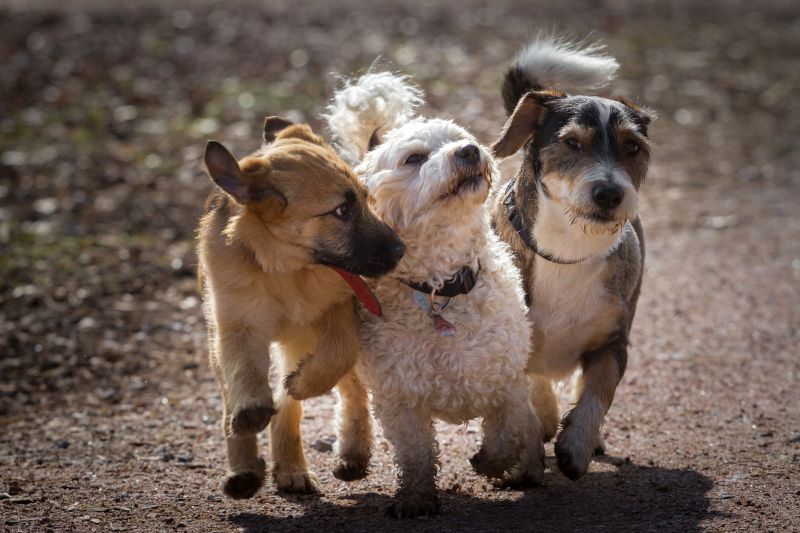
All breeds have front dew claws. This includes dogs big, small, and everything in between, from tiny terriers to the largest breeds around.
Some breeds also have rear dewclaws, which are situated on the back legs. A few of the breeds that have rear dewclaws inclue:
- Beauceron
- German shepherd
- Great Pyrenees
- Anatolian shepherd
- New Guinea singing dog
- Catahoula leopard dog
- Basenji
- Briard
- Golden retriever
- Icelandic sheepdog
- St Bernard
- Catalan sheepdog
Because they lack the tendon connectivity of front dewclaws and are more loosely connected, rear dewclaws are more likely to become injured than front dewclaws.
Another fascinating find in the Fido world is something called double dewclaws. Rare in the canine kingdom, double dewclaws are exactly what they sound like – a set of two dewclaws located on a single foot!

Breeds known to have double dewclaws include:
- Great Pyrenees
- Icelandic sheepdog
- Beauceron
- Briard
- Australian shepherd
- Spanish mastiff
If you’re checking your dog now and don’t see any dewclaws, don’t panic. Some breeders routinely remove dewclaws while puppies are only a few days old to meet their breed standard or prevent future injury to the delicate feature.
Do Dewclaws Serve a Purpose? Why Do Dogs Have Dewclaws?

Dewclaws come from the ancient ancestors of domestic dogs who climbed trees and steep terrain, thus needing more of a grip than today’s mostly land-dwelling doggos.
Back then, the dewclaw was far lower in position (roughly where a thumb would be). As the species evolved into more of a ground-living one, the dew claw moved up the leg.
Generally speaking, front dewclaws – which are attached to tendons – are useful to some dogs in some situations, while rear dewclaws serve fewer functions and are more prone to injury. They’re dangling appendages, which do not offer much support or resistance.
Today’s average domesticated doggo doesn’t need the extra nail.
However, some working breeds get a lot of use out of them. This includes military mutts and police pups that scale walls like German shepherds and Belgian malinois, as well as sled-pullers like malamutes who need more traction on ice.
Also, as average pups run at high speeds, their dew claws connect with the ground, giving each stride more stability. They also help pups grip things – such as favorite chew toys.
Should Dewclaws Be Removed?

This is a conversation to have with your vet, as all doggos are individuals deserving of personalized health care.
However, generally speaking, it’s usually wise to leave your dog’s front dewclaws in place, given the value they provide. Conversely, some vets will recommend that rear dewclaws be removed, as they tend to snag on things.
This can lead to a painful injury if the nail tears or the toe itself rips away.
Some breed standards dictate if dewclaws are to be left alone or removed, so read into the AKC standard if you plan to show your pooch in the show ring.
The procedure is far easier to perform in puppyhood than in adulthood, especially if the adult dog’s suffered an injury, triggering dewclaw removal surgery.
If you’re worried about your dog’s dewclaws, contact a vet to discuss your concerns.
Dog Dewclaw Maintenance: How Do You Care for Your Dog’s Dewclaws?

As with other nails, dewclaws need regular trimming.
Keeping them well-groomed also prevents them from curving into a hook, which increases the risk of the digit snagging on a branch or blanket.
It’s also a good idea to keep the fur around dewclaws short (if you have a long-haired dog), so you can spot problems immediately, such as nails that have grown too long or broken.
Learn how to use guillotine nail trimmers here!
Common Dewclaw Injuries

Unfortunately, dewclaws are more prone to injury than other nails. The good news is, if you know the risks, you can work on ways to keep your canine (and his darling dewclaws!) safer.
Potential dewclaw injuries include:
- Broken nails: As with your pup’s other nails, the one within the dewclaw can crack and snap, especially if not trimmed regularly.
- Tearaways: Hind dewclaw digits can be ripped or torn off entirely if they catch on something during play.
- Ingrown nails: Improper trimming can lead to ingrown nails, including those that grow into your pup’s foot, causing pain and swelling.
- Nail bed infections: This painful, swollen malady is often caused by a cut near the base of the nail, trauma, or exposure to bacteria. In any case, veterinary care and antibiotics are musts in these scenarios.
Your vet should address nail injuries (including dewclaw injuries), as they can be incredibly painful and impact your dog’s gait, risking pain or problems with his muscles and bones, especially in seniors.
Need help paying for your dog’s dewclaw injury? Check out these organizations that help pay veterinary bills!
Dewclaw FAQ: Your Dewclaw Questions Answered!

Do you still have some questions about dog declaws? We’ve dug up the most frequently asked questions to help answer any lingering concerns you may have.
How long does it take removed dewclaws to heal?
Healing time depends on how old your dog was when the dewclaws were removed and the procedure’s circumstances. Healing can occur within a few days for a run-of-the-mill removal in a puppy that’s only days old. An adult dog who suffered a traumatic injury to the area may take two weeks or more to heal entirely.
Should dewclaws be trimmed?
Yes, dewclaws should be clipped along with your dog’s other nails during regular trims. Some pet parents find nail grinders great tools for the job, as they offer more control when shaping the nail.
What happens if you don’t remove dewclaws?
Many dogs live happy lives without injury despite having dewclaws, but there’s always a risk of a snag, particularly if your dog enjoys romps through the woods or heavy-duty play sessions.
Are dewclaws painful for dogs?
As long as they don’t snag and are kept trimmed and healthy, dewclaws are pain-free for doggos. Pain only occurs when the nail or toe “catches” on something like carpeting or rough terrain, leading to a break or tearing injury.
Did you learn anything new about dog dewclaws today? Does your doggo have his? Chat with us about it in the comments.
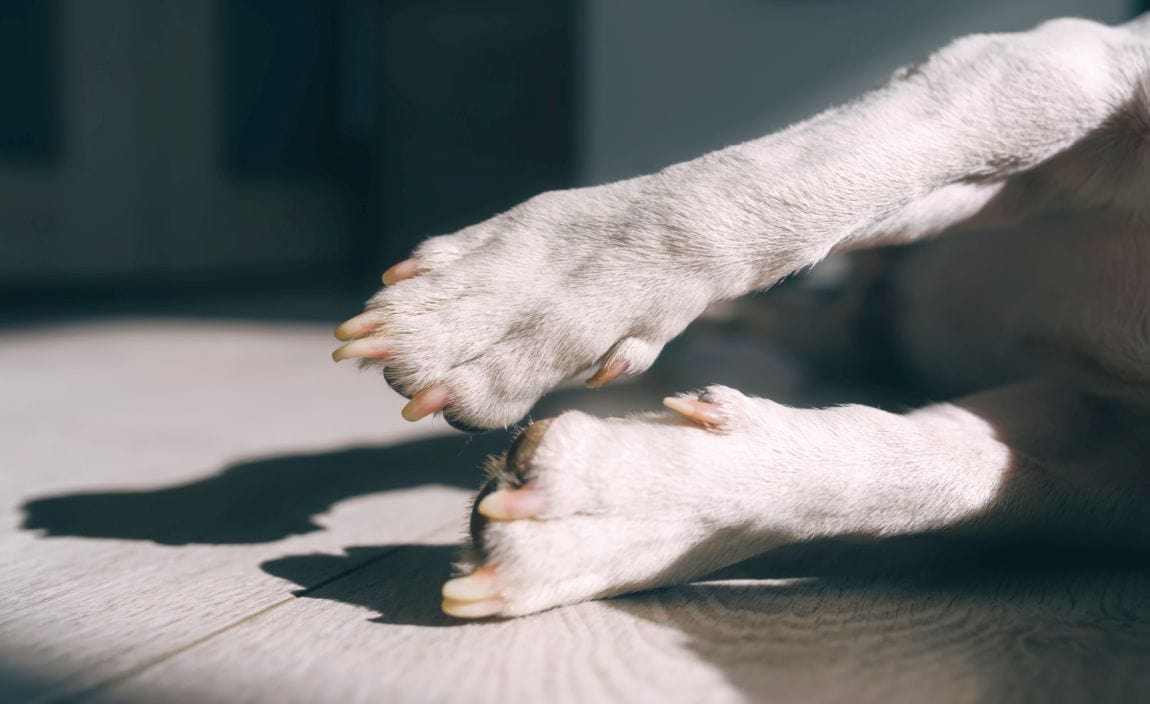




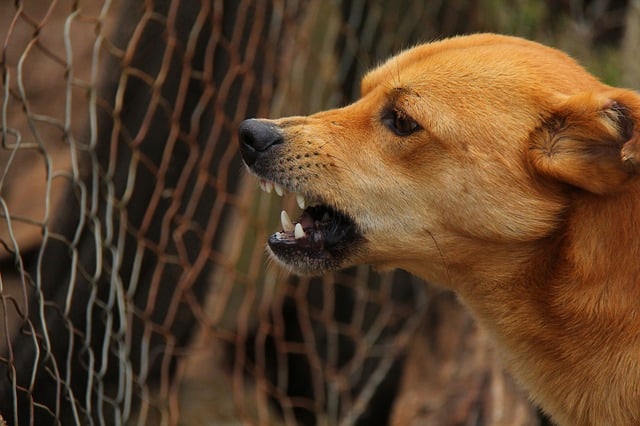

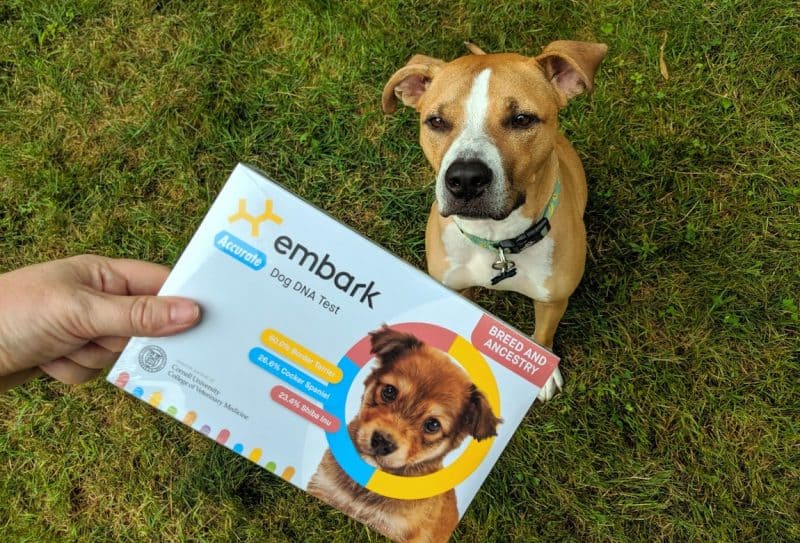

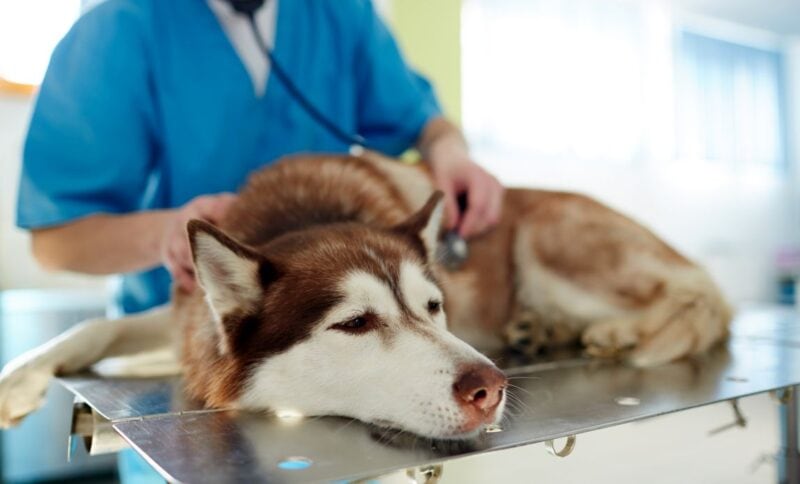
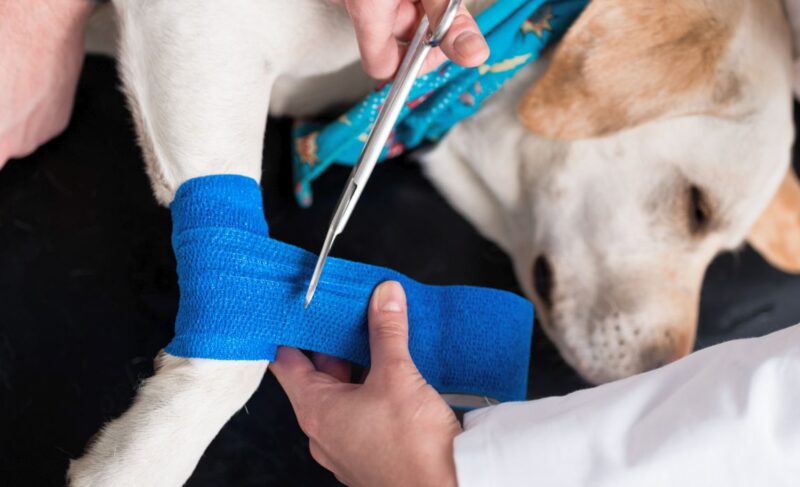


Leave a Comment